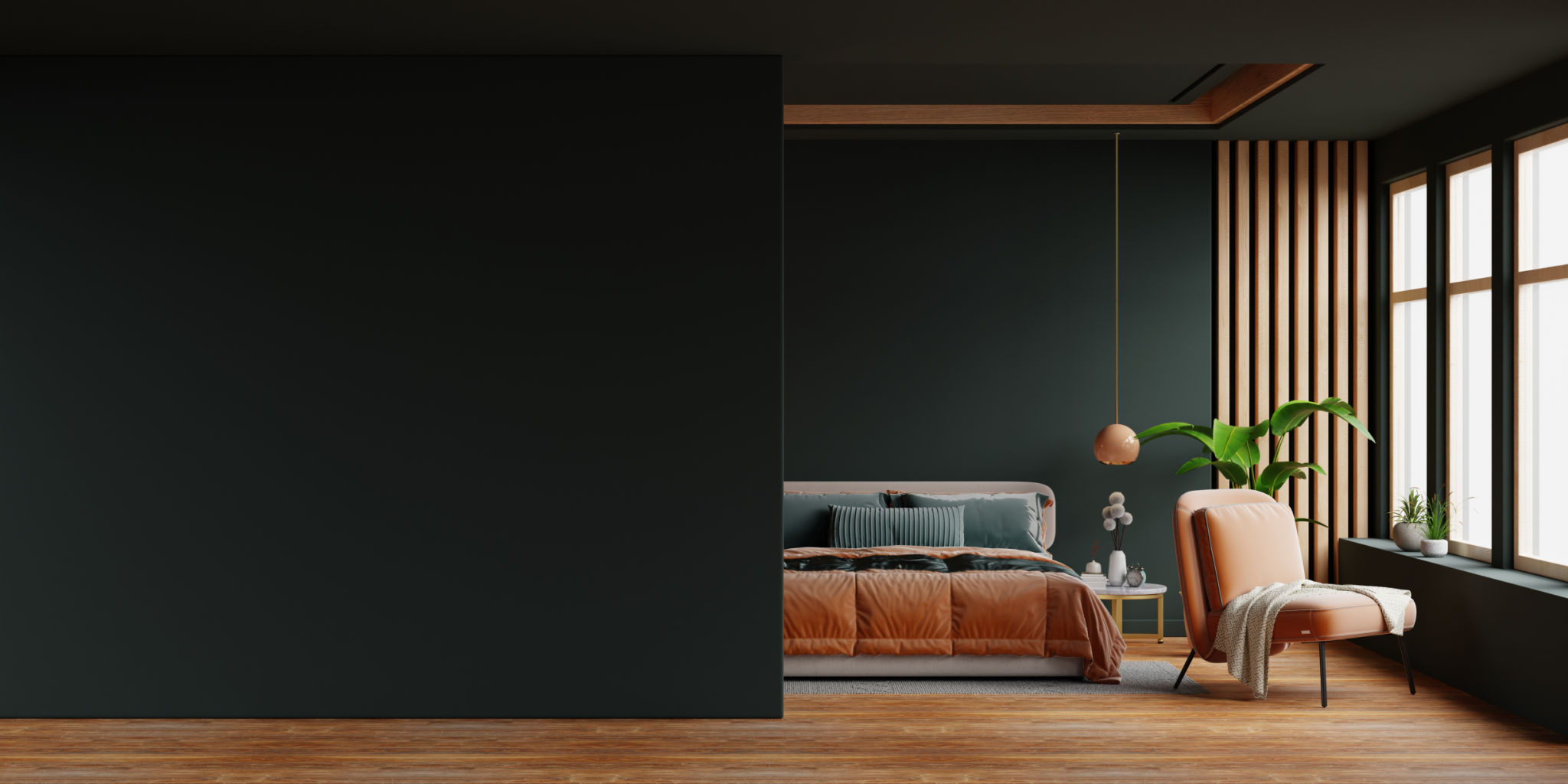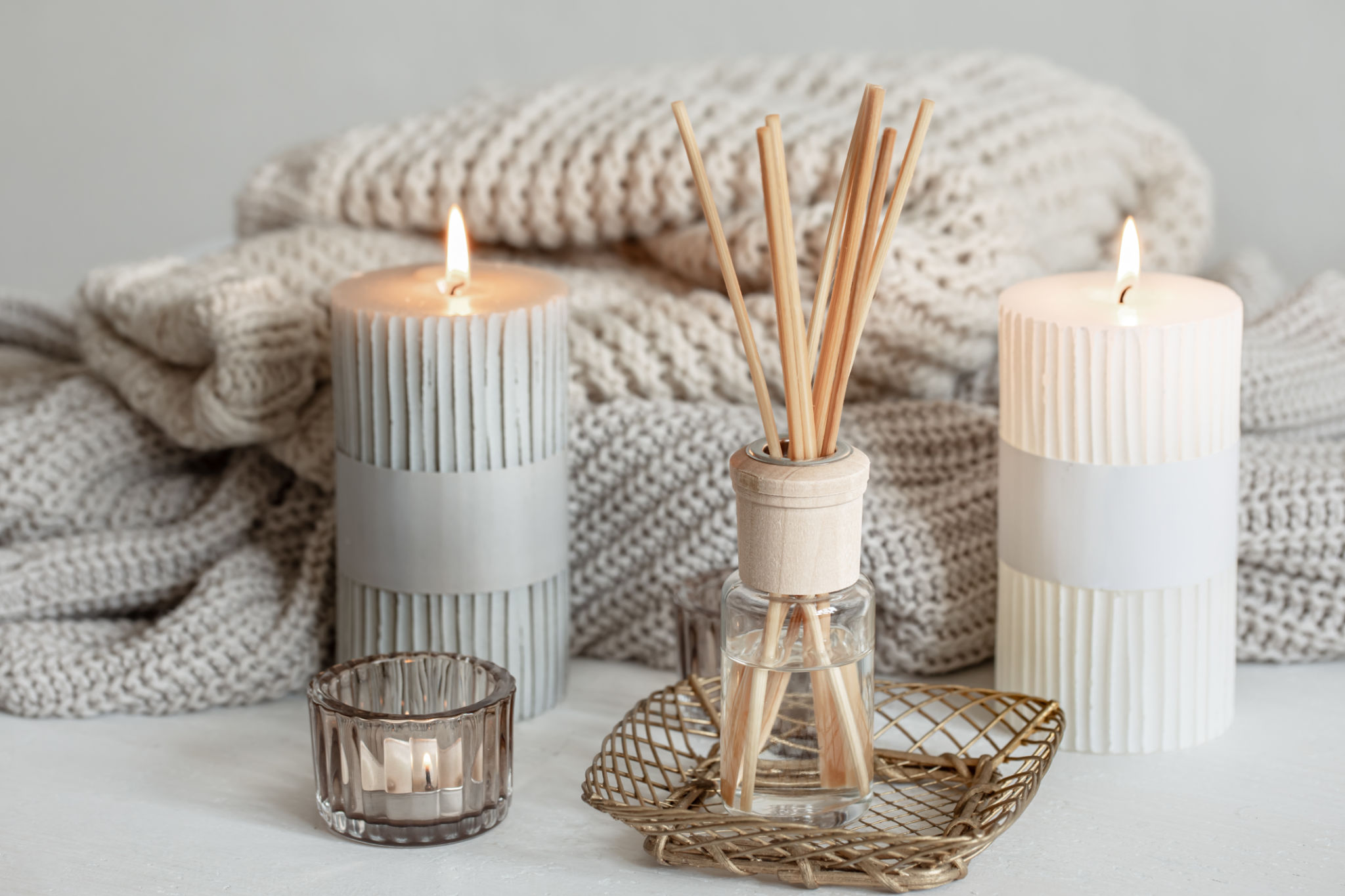Creating Elegant and Functional Spaces: The Art of Balancing Beauty and Practicality
Understanding the Intersection of Beauty and Practicality
In the world of interior design, striking a balance between aesthetics and functionality is crucial. While a visually stunning space can captivate the senses, it must also serve the practical needs of those who inhabit it. The art of creating elegant and functional spaces lies in understanding how to harmonize these two elements effectively.
The first step in achieving this balance is identifying the primary function of the space. Whether it's a living room that needs to accommodate family gatherings or a home office designed for productivity, each area has unique requirements. Once the purpose is clear, designers can begin to weave beauty into the framework without compromising functionality.

Design Principles for Functional Elegance
Incorporating design principles such as proportion, scale, and symmetry can greatly enhance both the beauty and utility of a space. These principles ensure that furniture and decor are not only aesthetically pleasing but also appropriately sized and positioned to facilitate ease of movement and usage.
Another essential aspect is selecting materials and finishes that marry form with function. For example, using durable fabrics for frequently used furniture or opting for easy-to-clean surfaces in high-traffic areas can maintain the room's elegance while making it practical for everyday life.
The Role of Color and Light
Color and lighting play pivotal roles in balancing beauty and practicality. A well-chosen color palette can enhance the mood and feel of a room, while strategic lighting solutions can highlight architectural features or improve functionality. Layered lighting, which includes a mix of ambient, task, and accent lighting, ensures that each area is well-lit according to its specific needs.

Furniture and Layout Considerations
Furniture selection and layout are critical in creating spaces that are both beautiful and functional. It's important to choose pieces that complement the overall design theme while providing comfort and utility. Flexible furniture arrangements can also cater to various activities, ensuring that each piece serves multiple purposes.
Consider using multi-functional furniture, such as sofa beds or extendable tables, which can adapt to changing needs and maximize space efficiency. Additionally, thoughtful furniture placement can enhance traffic flow and create a harmonious environment.
Personalization with Accessories
Accessories add personality and character to a space, transforming it from merely functional to truly inviting. However, it's important to strike a balance between decoration and clutter. Select meaningful pieces that reflect your style or personal story, and rotate items seasonally to keep the space fresh and engaging without overwhelming it.

Conclusion: The Ongoing Journey
Creating elegant and functional spaces is an ongoing journey that requires careful planning and attention to detail. By prioritizing functionality while embracing beauty, you can design environments that not only look stunning but also serve the daily needs of their occupants. The key is to remain flexible and open to adjustments as needs evolve over time.
Ultimately, a well-balanced space is one where beauty and practicality coexist seamlessly, enhancing both the efficiency and enjoyment of daily life. Whether you're designing a new home or updating an existing one, remember that elegance and functionality are not mutually exclusive but rather complementary aspects of great design.